The official version of Schematic is an excellent schematic drawing tool. The latest version of Schematic software has powerful functions that can help users clearly display your intelligence data in charts and graphs. Schematic is convenient and easy to use, supporting users to create diagrams such as production flow charts, production flow charts, mixed symbols, network symbols and
A collection of UML special objects.
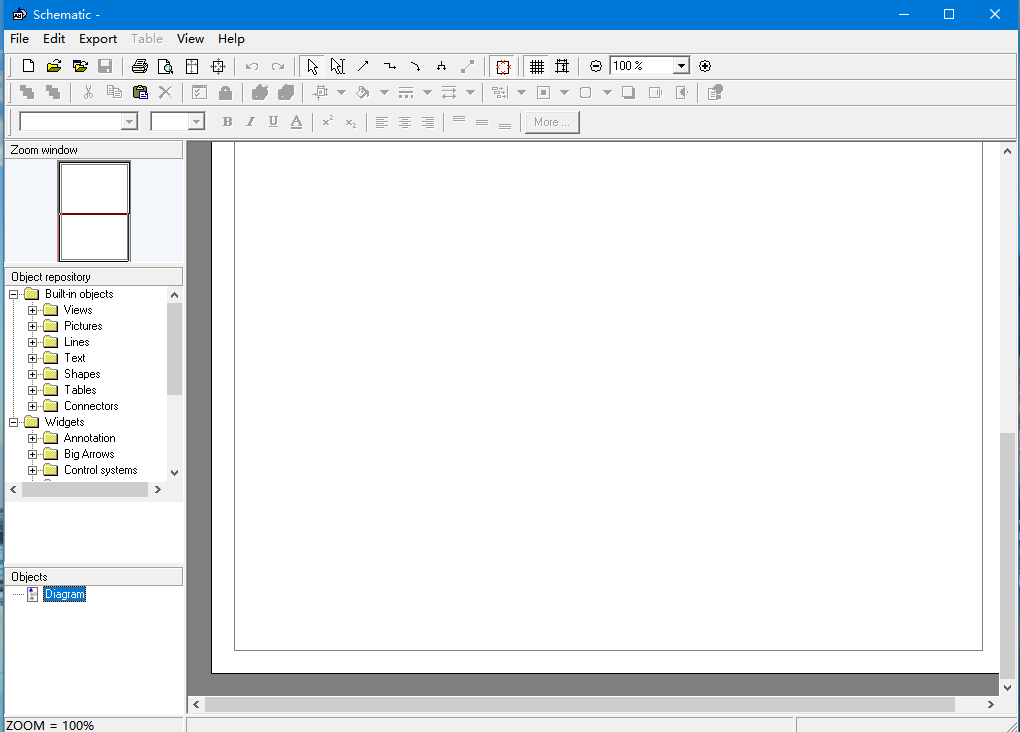
Schematic software introduction
Schematic allows complex schematic Diagramming
Tools. Diagrams allow you to combine text, drawings and shapes to create clear and informative diagrams. The ability to create relationships between objects allows objects to be rearranged on the page while relationships are automatically maintained. Simplified diagrams include symbols such as electricity in order to drag them into one model language diagram.
Schematic software features
1. Efficient circuit design process
Intuitive drawing tools: Provides symbol libraries and drawing tools to support the rapid placement and connection of resistors, capacitors, integrated circuits and other components.
Hierarchical design: allows complex circuits to be decomposed into multiple sub-modules, supports multi-page hierarchical design, and improves project management and team collaboration efficiency.
2. Integrated simulation and analysis capabilities
Built-in SPICE simulation engine: supports DC, AC, transient and other analysis to help engineers verify circuit performance in a virtual environment.
Real-time Electrical Rule Checking (ERC): Automatically detects potential issues in designs such as shorts and unconnected pins to ensure designs comply with industry standards.
3. Powerful component library management
Integrated rich component library: Supports importing component parameters from manufacturer database to ensure design accuracy.
Custom component support: Allows users to customize component symbols and models, expanding design possibilities.
4. Data management and collaboration functions
Version control: Supports design version tracking to facilitate change management and collaboration.
Automatically generate a BOM list: including component name, model, quantity and other information to assist supply chain management and cost control.
5. Collaborative design and cloud integration
Multi-person collaboration: Manage design changes through version control functions to ensure the consistency of team work.
Cloud integration: Some software (such as OrCAD X Capture) provides remote access and real-time collaboration capabilities.
Schematic software features
1. Circuit diagram drawing
Symbol library and drawing tools: Provides symbol libraries for resistors, capacitors, integrated circuits and other components, supporting quick placement and connection.
Hierarchical design: Supports decomposing complex circuits into multiple sub-modules to improve readability and maintainability.
2. Simulation and analysis
DC analysis: Calculate the static operating point of the circuit and verify the bias conditions.
AC analysis: Evaluate the frequency response of the circuit, such as gain and phase characteristics.
Transient analysis: simulate the dynamic behavior of circuits in the time domain, such as signal waveforms and transient processes.
Noise Analysis: Evaluate noise sources in a circuit and their impact on performance.
3. Component management
Component library integration: Supports importing component parameters from manufacturer database to ensure design accuracy.
Custom components: Allows users to customize component symbols and models, expanding design possibilities.
4. Design verification and optimization
Real-time Electrical Rule Checking (ERC): Automatically detects potential issues in your design such as shorts, unconnected pins.
Constraint management: Ensure that the design meets physical implementation requirements (such as routing width, spacing).
5. Output and reporting
Document generation: Supports exporting to PDF, SVG and other formats for easy sharing and archiving.
Automatically generate a BOM list: including component names, models, quantities and other information to assist procurement and assembly.
Schematic installation steps
1. Download the Schematic installation package from Huajun Software Park, double-click the exe program to enter the installation wizard, and click Next

2. Click to select the installation folder. Generally, it is installed on the C drive of the computer by default. It is recommended to install on the D drive. Click Next.
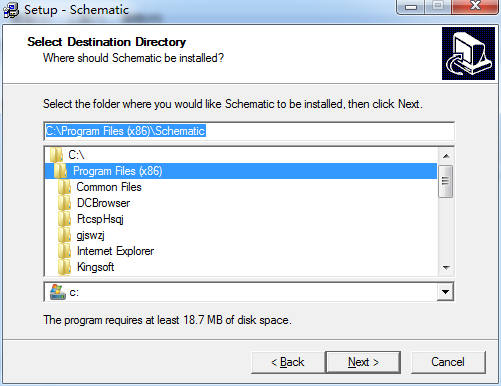
3. Select additional tasks, check Create desktop shortcut, and click Next
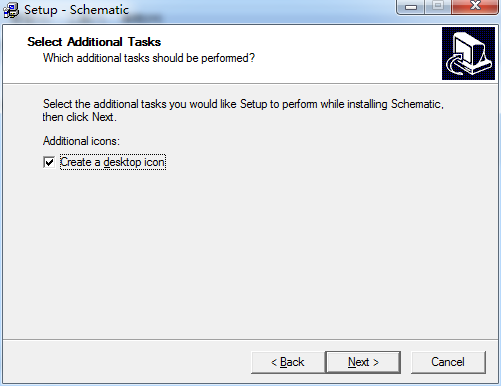
4. When the installation program is ready, click Install
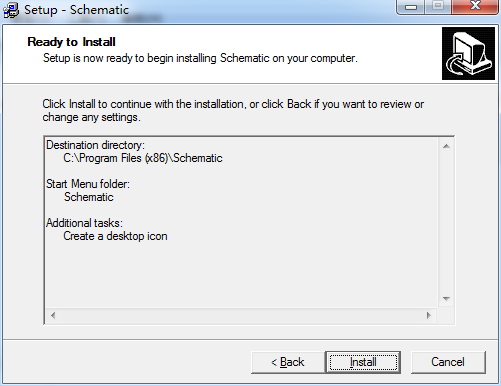
5. The software is being installed, please wait patiently.
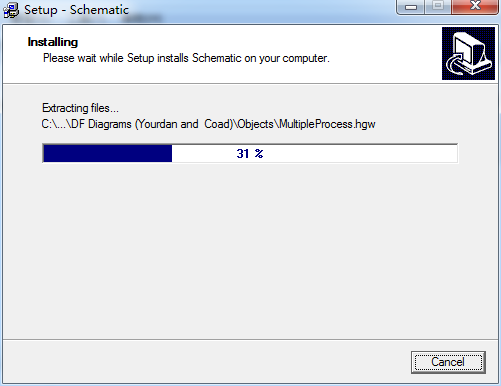
6. The installation is complete, click Finish to exit the installation wizard

Schematic FAQ
Installation failed or error reported
Reason: system incompatibility, damaged installation package, insufficient permissions.
Solution:
Confirm that the system version meets the requirements (such as Windows 10/11 64-bit, macOS 12+).
Download the installation package again.
Run the installer as administrator (Windows) or enter your administrator password (macOS).
Activation fails or prompts "Invalid license"
Reason: License expiration, network problem, bound device conflict.
Solution:
Check the license validity period (log in to the official account to check the subscription status).
Turn off the firewall/proxy, make sure the network is open, and then try activation again.
If it is a multi-device authorization, confirm that the device limit is not exceeded (for example, only 2 devices are allowed to be used at the same time).
Schematic change log
1. Fixed BUG, the new version has a better experience
2. Some pages have been changed
Huajun editor recommends:
After so many years of updates and optimizations, Schematic has become more humane and more technological. It is highly recommended to everyone and you are welcome to download it. Those who are interested can also download Photo BlowUp, AutoCad 2020, and Cloud Machine Manager.



































